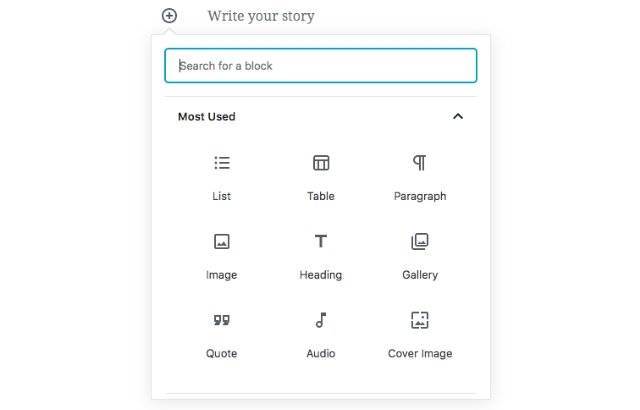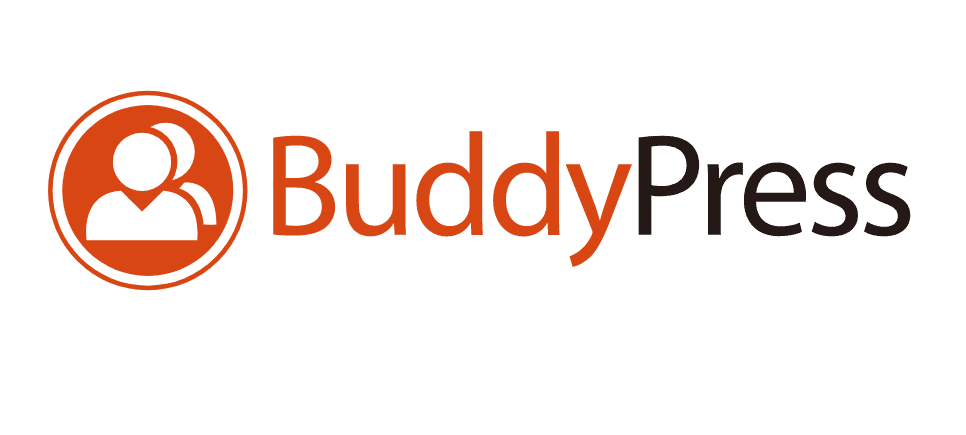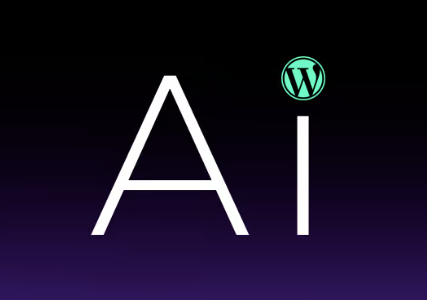Before diving into the details of using CSS to enhance your WordPress website, let’s briefly understand what CSS is. CSS is a style sheet language that defines how HTML elements should be displayed on a web page. It acts as a presentation layer, controlling the layout, colors, fonts, and other visual aspects of a website. By leveraging CSS, you can separate the content from the design, making it easier to maintain and update your site. In this comprehensive guide, we will explore the power of CSS (Cascading Style Sheets) and how it can transform the look and feel of your WordPress website.
Contents
Applying CSS to Your WordPress Website
- One of the simplest ways to apply CSS is by using inline styles. This involves adding CSS rules directly within the HTML elements using the “style” attribute. However, this method is not recommended for extensive styling, as it can clutter your HTML code and make it challenging to manage.
- Another approach is to use internal CSS by embedding the CSS code within the HTML document’s “head” section. This method allows you to target specific elements and customize their appearance. To do this, add the
<style>tags within the “head” section and define your CSS rules inside it. - The most efficient and widely used method is to employ external CSS files. By creating a separate CSS file and linking it to your WordPress website, you can keep your style rules organized and consistent throughout the site. This approach is highly recommended for large-scale projects and ensures ease of maintenance.
Read: Advanced WordPress Development: Taking Your Website To The Next Level
Selectors and Styling
To effectively use CSS on your WordPress website, you need to understand selectors and how to apply styles to different elements.
Element Selectors
These selectors target specific HTML elements, such as headings, paragraphs, or images. For instance, to style all headings on your site, you can use the h1, h2, h3, etc., selectors.
Class Selectors
Class selectors enable you to apply styles to groups of elements with the same class attribute. This approach allows you to maintain consistency across similar elements. To create a class selector, add a period (.) before the class name in your CSS code and use the same class attribute in your HTML elements.
ID Selectors
ID selectors are used to target a unique element on your webpage. Unlike class selectors, each element should have a different ID attribute. To create an ID selector, add a hash (#) before the ID name in your CSS code.
Combining Selectors
You can also combine multiple selectors to apply styles to specific elements within a certain context. For example, you could use a combination of element and class selectors to style a particular type of button on your website.
Customizing Fonts and Typography
The typography of your website plays a vital role in the overall user experience. With CSS, you can customize fonts, sizes, colors, and spacing to create a visually appealing and readable website.
- Font Family: To change the font family of your text, use the
font-familyproperty in your CSS code. Specify the desired font, and the browser will attempt to display the text using that font. It’s essential to have fallback font options in case the user’s browser doesn’t support the primary font. - Font Size and Weight: Use the
font-sizeproperty to adjust the size of your text. Additionally, you can use thefont-weightproperty to make text bold or light, enhancing readability and emphasis. - Line Height and Spacing: The
line-heightproperty allows you to adjust the space between lines, improving legibility. You can also control the spacing between letters using theletter-spacingproperty. - Text Decoration: To underline, strike through, or add any other text decoration, use the
text-decorationproperty.
Read: Web Design Outsourcing: Elevate Your Business With Expert Design Services
Styling Colors and Backgrounds
Colors are a powerful tool to convey emotions and create a strong brand identity. With CSS, you can easily modify the colors of your WordPress website to align with your branding strategy.
- Text Color: To change the color of your text, use the
colorproperty and specify the desired color value. - Background Color: The
background-colorproperty allows you to set the background color of an element. This property is especially useful for creating visually distinct sections on your website. - Background Images: CSS also supports adding background images to elements. Use the
background-imageproperty to specify the image URL, and you can control its position, size, and repetition. - Transitions and Animations: With CSS transitions and animations, you can add subtle or eye-catching effects to your website. These can improve user engagement and make your site more memorable.
Responsive Design with CSS
In today’s mobile-driven world, having a responsive website is crucial for user satisfaction and SEO ranking. CSS plays a significant role in achieving a responsive design.
- Media Queries: CSS media queries enable you to apply different styles based on the user’s device screen size. By using media queries, you can create layouts optimized for various devices, including smartphones, tablets, and desktops.
- Flexbox and Grid: CSS Flexbox and Grid layout systems provide powerful tools to create flexible and responsive page structures. These CSS features allow you to organize content in a grid-like format or achieve complex, adaptive layouts.
Read: WordPress Website Development Cost: Factors To Consider
The Importance of CSS for SEO
Beyond the aesthetic benefits, using CSS to enhance your WordPress website can positively impact your search engine rankings. Here’s why:
Page Loading Speed
Well-organized and optimized CSS files can lead to faster page loading times. Google and other search engines prioritize websites with quick loading speeds, contributing to higher rankings in search results.
Mobile Friendliness
As mentioned earlier, responsive design is essential for mobile-friendliness. Since mobile-friendliness is a crucial ranking factor, utilizing CSS to create responsive layouts can improve your website’s search visibility.
Crawlability
Clean and semantic HTML, styled with CSS, improves website crawlability. Search engine bots can better understand your content and rank it accurately.
User Experience
A visually appealing and user-friendly website, achieved through CSS styling, can result in increased user engagement and longer on-page durations. These positive user signals can influence your SEO ranking.
In Conclusion
CSS is a powerful tool that can transform the look and feel of your WordPress website. By applying CSS strategically, you can create a stunning and user-friendly website that captivates your audience. Remember, with the ever-evolving landscape of web design and SEO, it’s crucial to stay updated with the latest trends and best practices. Continuously optimize your CSS code, monitor your website’s performance, and adapt to the changing preferences of your audience.




